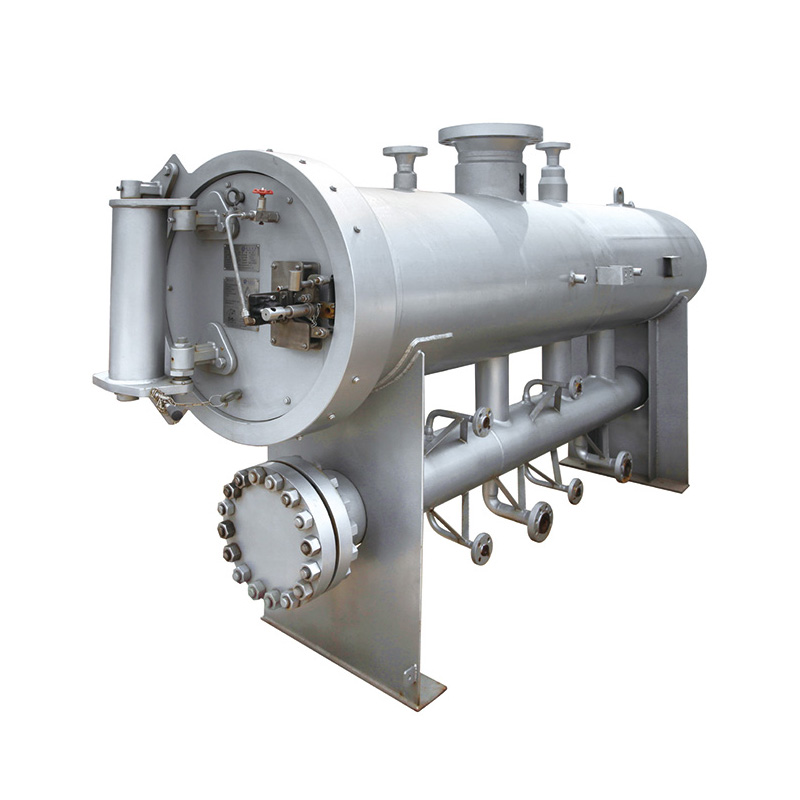
Nov . 12, 2024 11:18
Back to list
electric valve
Understanding Electric Valves Function, Types, and Applications
Electric valves are essential components in various industrial and commercial systems. These devices automate the control of fluid flow within a system, enhancing efficiency and safety. In this article, we will delve into the function of electric valves, explore different types, and look at their applications in various industries.
Function of Electric Valves
Electric valves operate by using an electric actuator to control the opening and closing of the valve. This mechanism allows for precise regulation of fluid flow, pressure, and temperature within a system. When a signal is received from a control system—typically a PLC (Programmable Logic Controller) or a DCS (Distributed Control System)—the actuator moves the valve to the desired position. This automated process reduces the need for manual intervention, enhancing operational efficiency and safety.
Electric valves are characterized by their ability to quickly and accurately respond to changes in system requirements. They can be fully opened, fully closed, or positioned at any point in between, allowing for finer control of the flow. This adaptability is particularly beneficial in systems where conditions can change rapidly, requiring real-time adjustments.
Types of Electric Valves
Electric valves come in various types, each suited to specific applications and operating conditions
. Here are some common types1. Ball Valves These valves have a spherical disc that controls the flow. When the ball is rotated 90 degrees, the valve opens or closes. Ball valves are known for their durability and excellent sealing capabilities. They are often used in applications requiring quick shutoff with low flow resistance.
2. Gate Valves Gate valves are used primarily in on/off applications. They operate by raising or lowering a gate within the valve body, allowing for the full flow of fluid when open. However, they can be less efficient for throttling applications.
3. Globe Valves These valves are designed for regulating flow rather than for on/off control. Their unique shape allows for significant flow restriction, making them suitable for applications where precise control is required.
4. Butterfly Valves Butterfly valves employ a rotating disc to regulate flow. They are typically lighter and require less space to operate compared to other types. They are ideal for large systems where quick operation is necessary.
electric valve

5. Solenoid Valves These electromechanical devices use an electromagnetic solenoid to open or close the valve. They are often used in applications where rapid actuation is needed, such as in vending machines, irrigation systems, and process control.
Applications of Electric Valves
Electric valves find applications across various industries due to their versatility and reliability. Here are some key sectors utilizing electric valves
1. Water and Wastewater Treatment In water treatment facilities, electric valves are crucial for controlling the flow of water through different treatment stages. They help maintain proper chemical dosages and ensure efficient operation in waste management.
2. Oil and Gas Industry Electric valves are critical in upstream and downstream processes. They control the flow of hydrocarbons in pipelines, refineries, and petrochemical plants, enhancing safety and operational efficiency.
3. HVAC Systems In heating, ventilation, and air conditioning systems, electric valves regulate the flow of air and refrigerants. They ensure optimal performance, energy efficiency, and the comfort of building occupants.
4. Food and Beverage Industry Electric valves control process flow and maintain hygiene standards in food production processes. They are used in mixing, heating, and cooling applications, adhering to strict safety regulations.
5. Pharmaceutical Industry In pharmaceutical manufacturing, precision and cleanliness are vital. Electric valves help control the flow of liquids and gases, ensuring that processes meet stringent industry standards.
Conclusion
Electric valves are an integral part of modern industrial automation. Their ability to control fluid flow accurately and quickly makes them indispensable in various applications. With advancements in technology, electric valves continue to evolve, becoming more reliable and efficient. Understanding their function, types, and applications equips industries and engineers to make informed decisions in system design and management.
Next:
Latest news
-
Safety Valve Spring-Loaded Design Overpressure ProtectionNewsJul.25,2025
-
Precision Voltage Regulator AC5 Accuracy Grade PerformanceNewsJul.25,2025
-
Natural Gas Pressure Regulating Skid Industrial Pipeline ApplicationsNewsJul.25,2025
-
Natural Gas Filter Stainless Steel Mesh Element DesignNewsJul.25,2025
-
Gas Pressure Regulator Valve Direct-Acting Spring-Loaded DesignNewsJul.25,2025
-
Decompression Equipment Multi-Stage Heat Exchange System DesignNewsJul.25,2025

